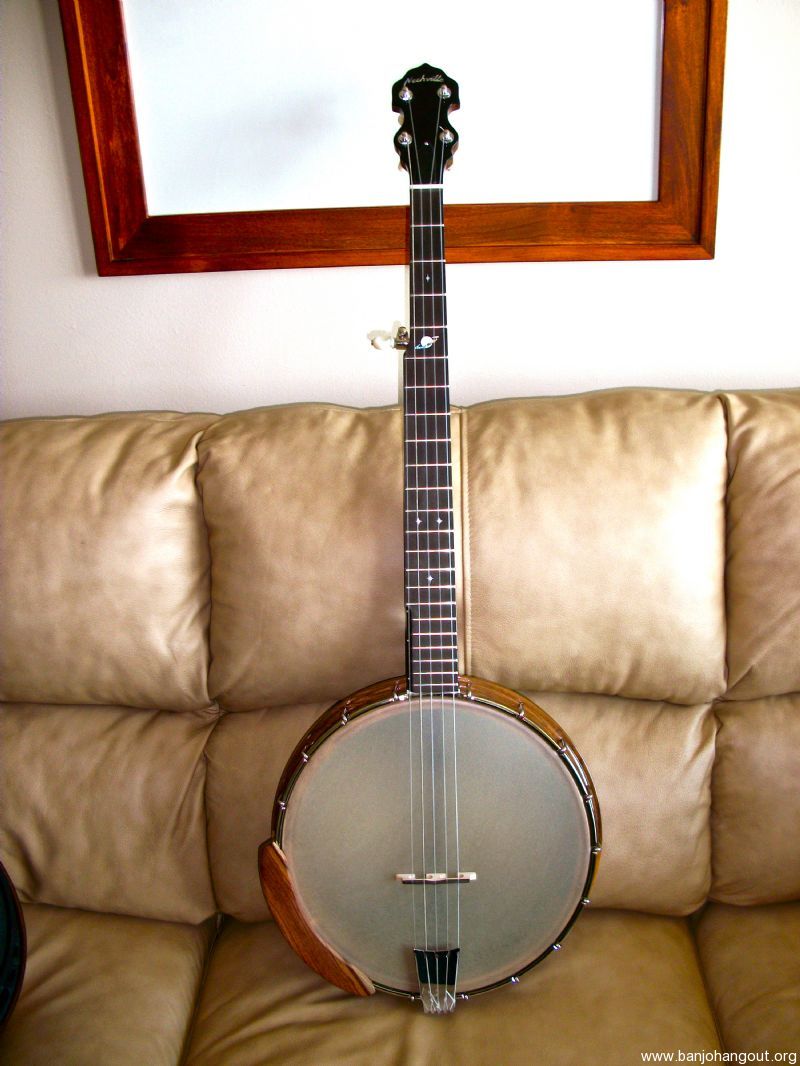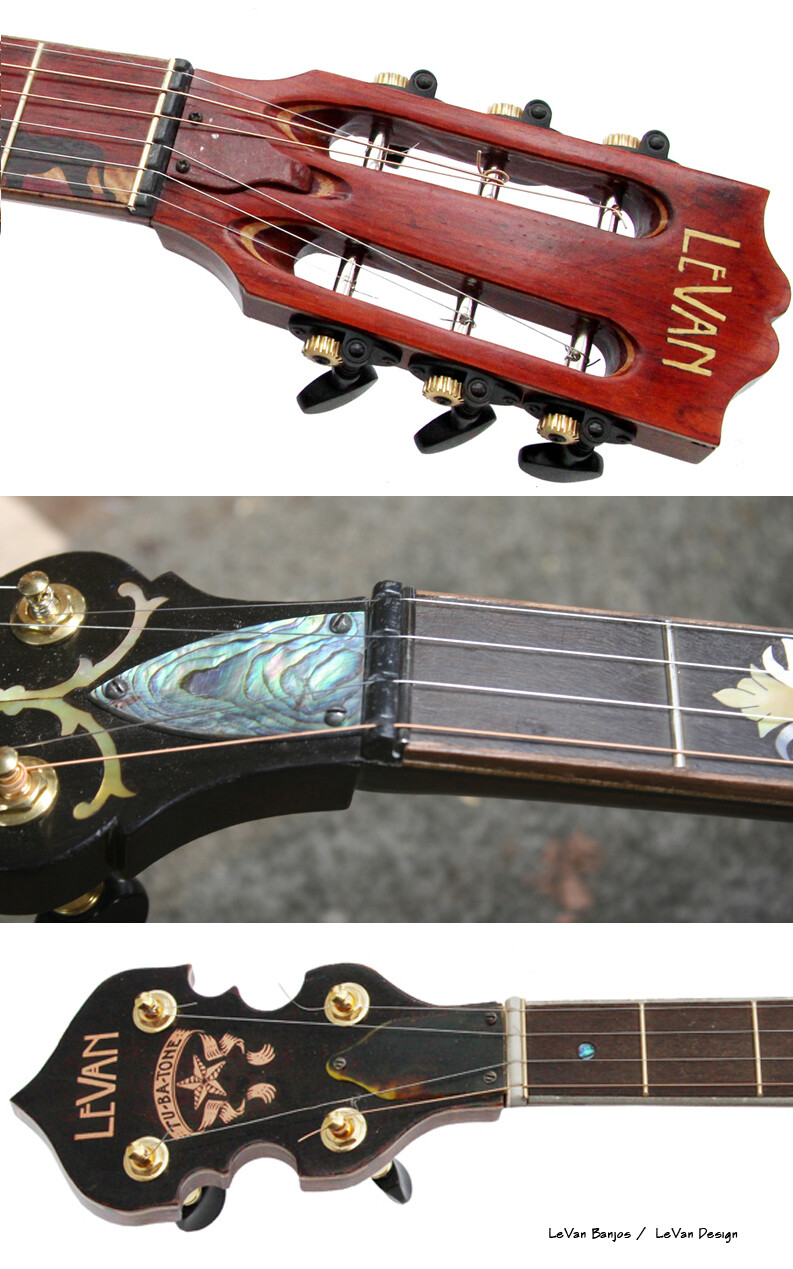

Has a 1 3/4 nut width so it should be able to handle nylon strings and might sound pretty awesome. Here's a Deering 6 string that sounds much better even though the video has a lot of noise in the background. Might be fun to try one but I think I'll stay with my steel and nylon strung 5 strings for banjo playing. The video demo seemed to have all samples played with a pick which definitely gives a stronger sound than played with bare fingers. The larger diameter and elasticity of nylon/gut requires a deeper notch as the strings. The price point is definitely on the affordable side for a Deering, but high enough that I wouldn't spend that much as a novelty only for the occasional studio session. Notches are cut differently on historic bridges than on modern bridges. cover how to approach changing the strings on a traditional classical guitar.

Like the guy said, pretty good note separation but then again, what he was playing and how lended to good note separation. Restringing a nylon strung guitar is a little fiddlier than a steel strung. The banjo in the video sounded a little cheap at first but as I listened more it started to grow in quality. Is that a long-term, stable construction method ?Depends on the joint but Deering is very attentive to quality and I wouldn't have that concern, especially since it's strung with nylon (might sound even better with nylgut). The slot-head and neck are not the same, continuous piece of wood, but joined/glued.


 0 kommentar(er)
0 kommentar(er)
